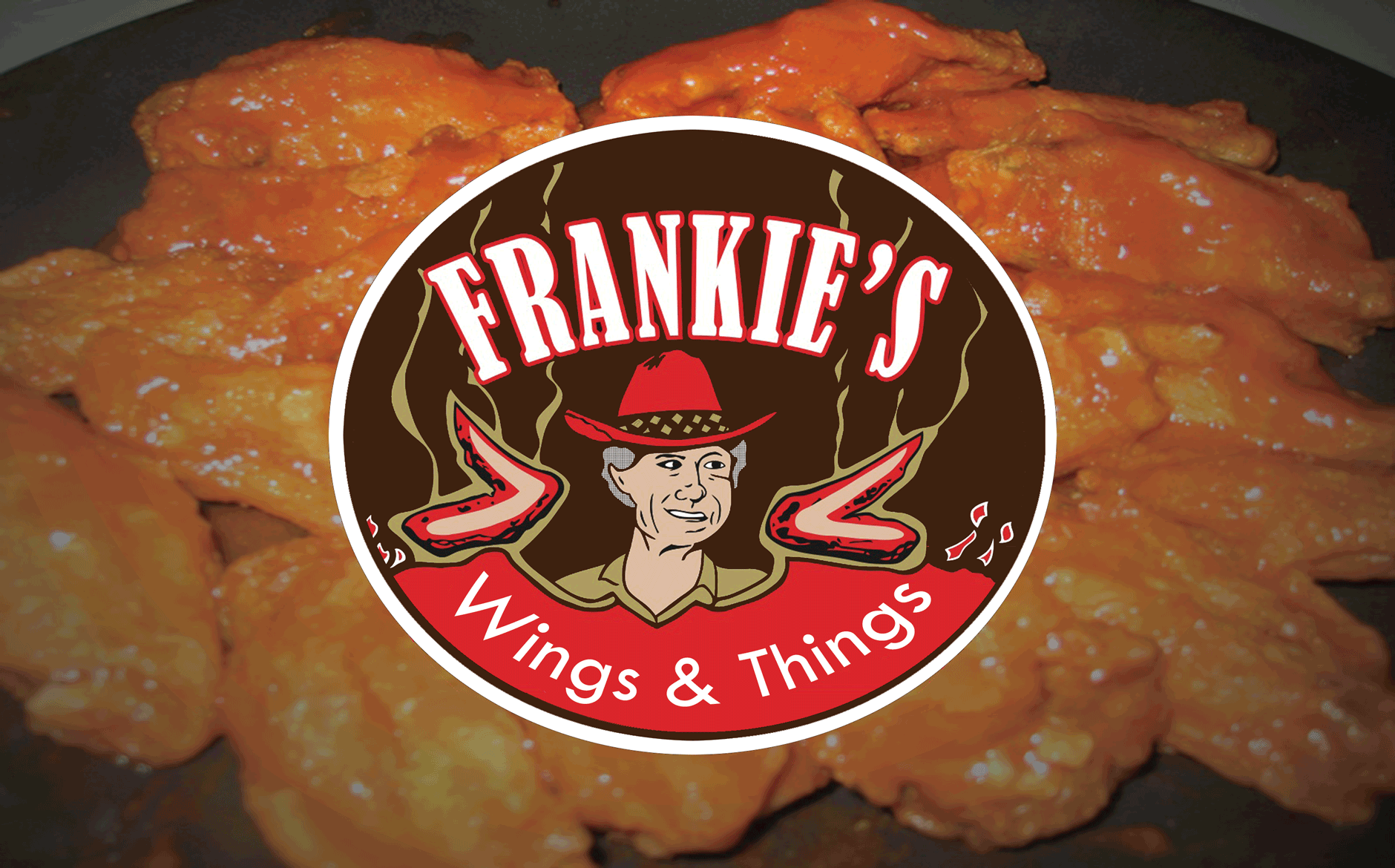About Frankies Wings & Things and reviews
Frankie's in Melbourne
Family owned business in Brevard County for many years and years to come!
1981 North Wickham Road
Melbourne, FL 32935
We truly are the "Home of the Finger Foods". Our Menu ranges from chicken wings to salads to wraps. Come check out our menu online and call for your takeout order today!
Reviews:
553phild
Food is always good, but this was our first time for bad service. It would be kind of understandable if they were swamped, but they were not. It seems like we were forgotten. Brought the food and finally asked us for refills after a long...
withvalidity
I know they are the same as their coco beach location but for some reason the wings were not the 10 at this location. They were very busy so maybe the kitchen was overwhelmed. Their ranch sauce it great. The service was a 7. Saw...
trkrumm
We go every year when we are in Melbourne. This year we were there twice.Wings are the things. Choice of nine hot sauces. We get 3's and 5's. Great! Other food is good too but we don't care.
Billbowkillyer
We have been going here for years the wings are always good as are the appetizers. the service is also good.
Tami O
I asked for well done wings, 30 minutes later the wings that were served were rubbery. So disappointed
C8561QYfranciscoa
Went out of my way from Viera rather than the commercial place in the Avenue to get wings for my kids! They as always were very good and a better price as well!
PApatti915
Frankie's is tucked on a road where fast traffic and multiple strip malls don't allow you to notice it's existence.After a day on the water/boating, I almost declined an invitation to eat here but sure glad we decided to join 11 of our friends....
rbob93
Had a get together of 15 people on a recent Friday night.Food came our relatively quickly, and waiter was on the ball with everyone ordering drinks at different times.Got a burger to go to bring to my wife and she said it was...
travelbugged26
Best wings I have ever had. I cant stop thinking about them! No where else competes! Cant wait to be back in Florida to eat them again. The jalapeno poppers were also amazing.
JOHN A
The wings seem moist on the outside but once in your mouth they were like chewing rubber bands , just awful ; the fries just the same very dry.We’ll never go back again.



